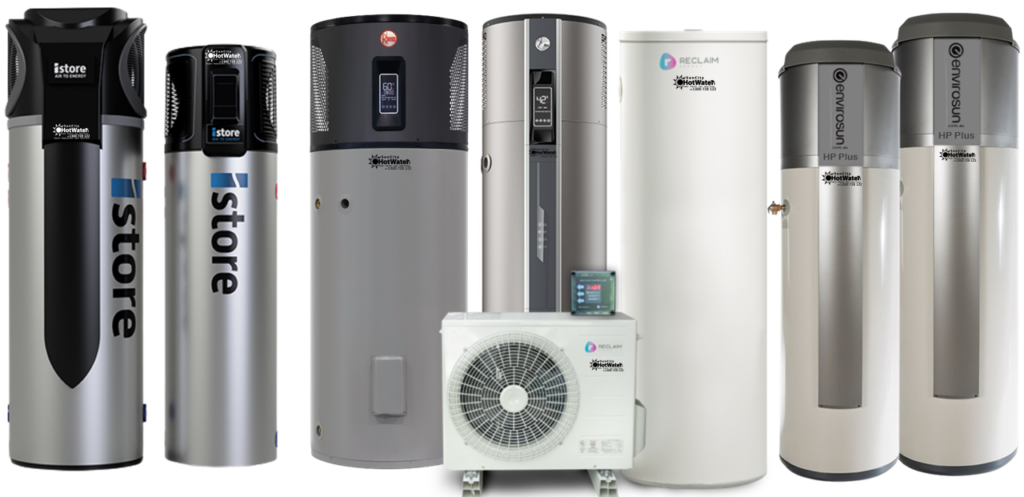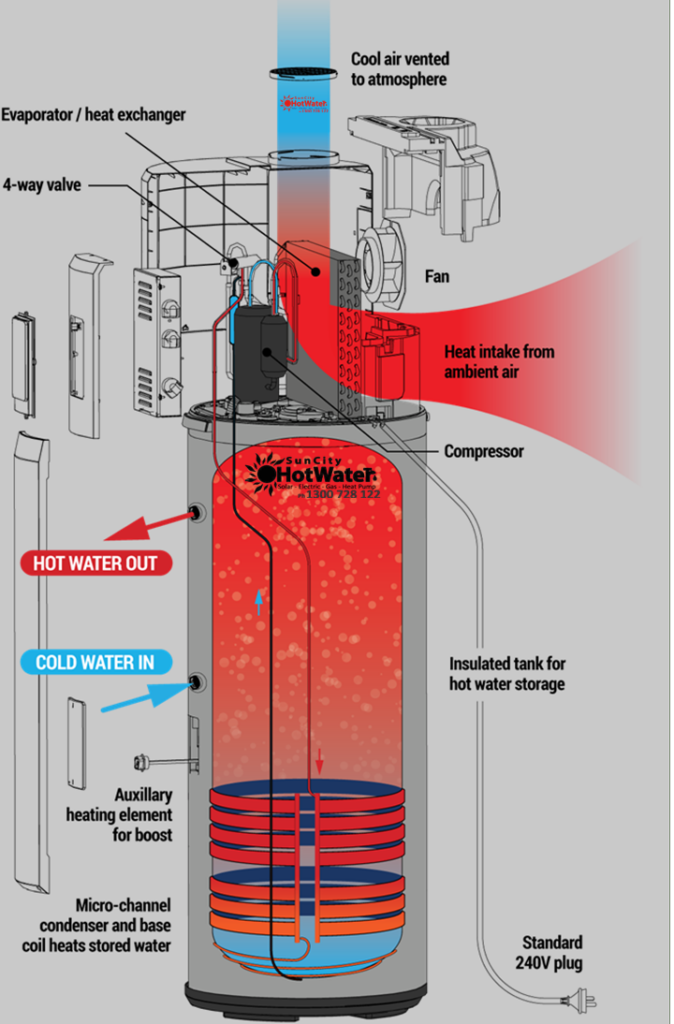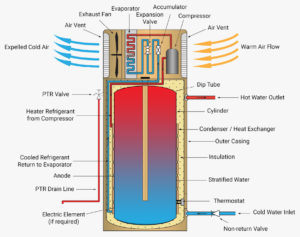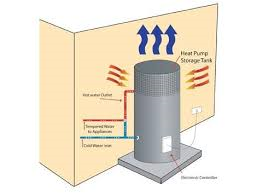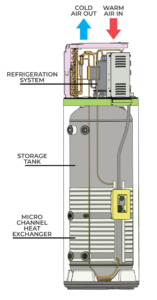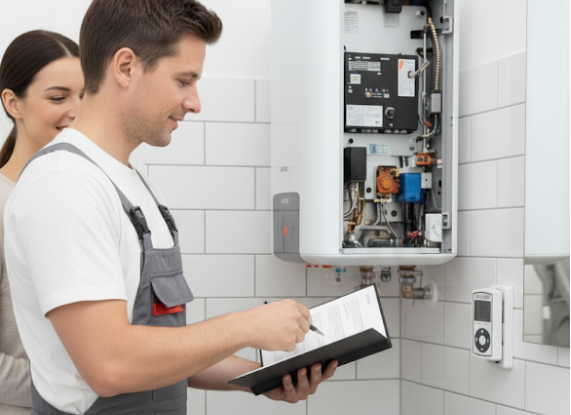Maroochydore Hot Water outlines how heat pumps operate through a sequence of stages that make them exceptionally efficient at heating water.
First, a liquid refrigerant travels through an evaporator where it draws heat from the surrounding air and vaporises into a gas.
Next, that gas is pressurised by an electric compressor, raising its temperature above that of the tank water.
The heated gas then passes into a condenser, where it releases its heat to the water and condenses back into a liquid.
The liquid moves through an expansion valve, which lowers its pressure and cools it so it can return to the evaporator and begin the cycle again.
Electricity powers the compressor and fan, but unlike conventional electric hot water systems that heat water directly, a heat pump moves heat from the air into the water. This lets it transfer far more energy while consuming significantly less electricity. Performance is influenced by outside air temperature: warmer air relative to the refrigerant makes heat transfer easier, while colder conditions reduce efficiency, although many modern units can still operate in sub-zero weather. In some situations they can be sited indoors — for example in well-ventilated garages or large spaces — when installed correctly.
To keep the evaporator absorbing heat effectively, a continuous supply of fresh air is required. An integrated fan circulates air and expels the cooled air back outside.
Heat pump water heaters come in two primary configurations.
Integrated or compact units combine the compressor and storage tank into a single unit.
Split systems separate the tank and compressor (like a split air conditioner) and link them with refrigerant piping.
Maroochydore Hot Water offers expert installation and repairs for hot water systems — gas and electric — and our Maroochydore plumbers can advise on the best heat pump solution for your needs.
